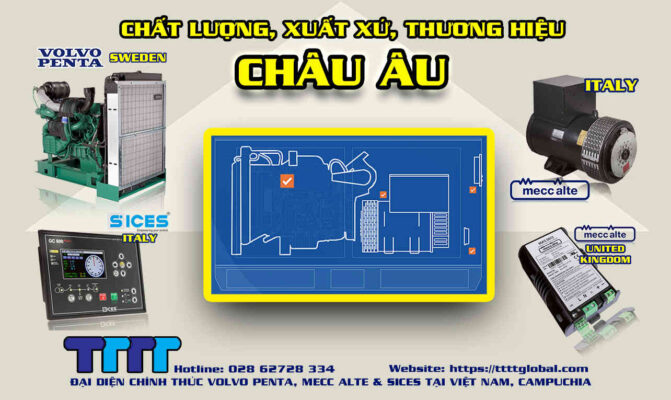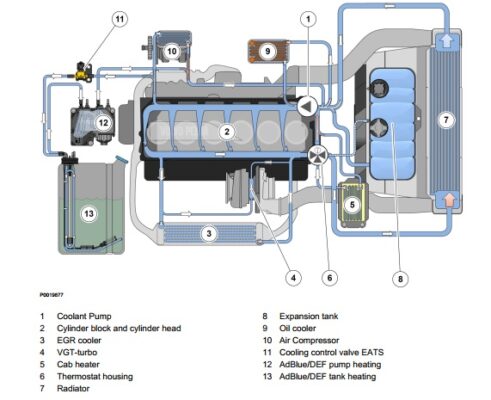Vietnam is a developing country, electricity is an important sensor factor in promoting the country’s economic and social development. With the indispensable presence of electronic devices in everyday life, electricity has become more important than ever. One of the most asked questions is “How many Hz is Vietnamese electricity?” Let’s learn about this topic.
| You may be interested in the following articles:
|
Contents
Overview of Electricity in Vietnam
Development history
Before looking for the question of how many Hz is Vietnamese electricity TTTT, let’s review the history of Vietnam’s electricity development.
Vietnam has a long history of electricity development, with significant progress in bringing electricity to almost all regions of the country. In 1980, Vietnam had its first hydroelectric plant, Thac Ba plant, followed by Song Da plant and Hoa Binh plant. Vietnam has also built thermal power plants such as Ninh Binh plant and Vinh Tan plant to meet the increasing demand of the people.
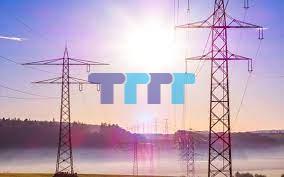
Main power sources
Vietnam currently has three main sources for electricity production: hydropower, thermal power and wind power. Today, wind power is developing strongly in Vietnam with the support of the Government’s incentive policies and investment from domestic and foreign companies. However, hydropower and thermal power are still the two main sources of electricity and account for the majority of the country’s electricity output.
How many Hz is Vietnamese electricity?
Explanation of Hz
Hz (Hertz) is a unit of frequency measurement in the international measurement system SI (International System of Units). In the electrical field, Hz is used to measure the frequency of electric current and the frequency of sound. AC voltage with a frequency of 50 Hz is widely used in Europe and 60 Hz in the US.
The 50 Hz frequency was decided to be used in the early 1980s and is still maintained today to ensure consistency and safety for the power network.
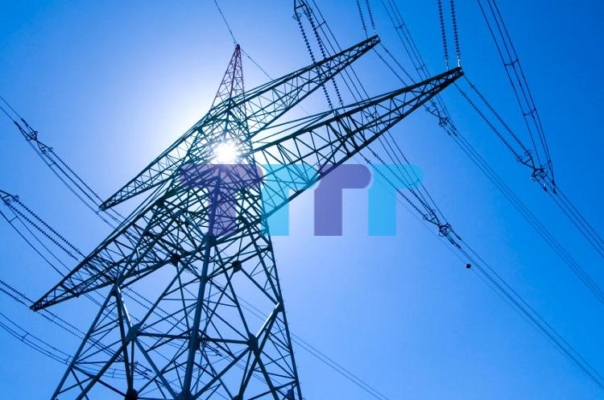
Electricity frequency in Vietnam
The 50 Hz frequency of Vietnamese electricity has been widely used in most countries around the world, so imported electronic devices can still operate normally. According to information from Vietnam Electricity Corporation, the current electricity frequency in Vietnam is 50 Hz. This means that Vietnam’s national electricity grid uses alternating voltage with a frequency of 50 times per second. Thus, the question “How many Hz is Vietnam’s electricity?” can be answered as 50 Hz.
Electricity development trends in Vietnam
Policies to support wind power development
In recent years, wind power is the latest development trend in the electricity sector in Vietnam. With the Government’s supportive and encouraging policies, many wind power projects have been implemented and are expected to continue to be invested in in the future. Wind power not only helps Vietnam save energy import costs, but also helps reduce emissions that cause environmental pollution.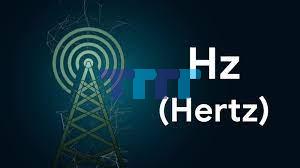
Power saving solution
Using electricity economically and effectively is also an important solution in ensuring that the power source meets the country’s increasing demand. Measures such as using standard electrical appliances, turning off unused appliances when not needed and using alternative power sources such as LED lights can help reduce costs and save energy.
In summary, Vietnam’s electricity is currently using a frequency of 50 Hz. However, investment and development of renewable energy sources such as wind and solar power are also being promoted to meet the country’s increasing demand. Hopefully this article has provided you with the necessary information on the topic “How many Hz is Vietnam’s electricity”.
See more: 8kw alternator
See more: 6kw 3 phase alternator
Company name:
TTTT GLOBAL co Ltd,.
Address: Landmark 4 Building, Vinhomes Central Park, 720A Dien Bien Phu Str, Ward 22, Binh Thanh District, Ho Chi Minh City, Vietnam.
Website: https://ttttglobal.com/en/
Hotline: +84286 2728 334
Email: Info@ttttglobal.com
CATEGORY: TECHNICAL QUESTIONS AND ANSWERS

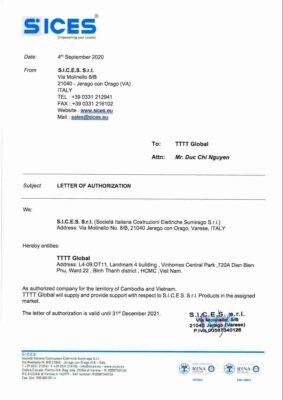
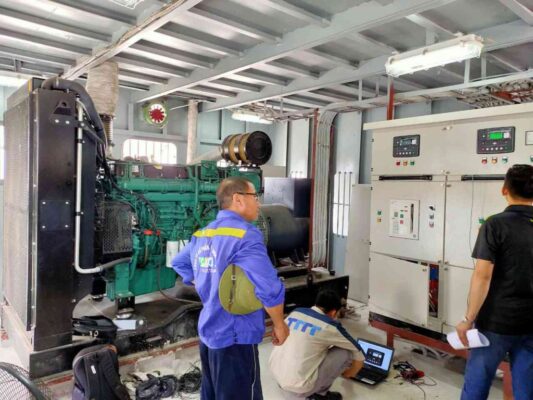
![Volvo Penta price list for [Made in India] engine 2022 volvo-penta-made-in-india](https://ttttglobal.com/wp-content/uploads/2022/04/volvo-penta-made-in-india.jpg)

